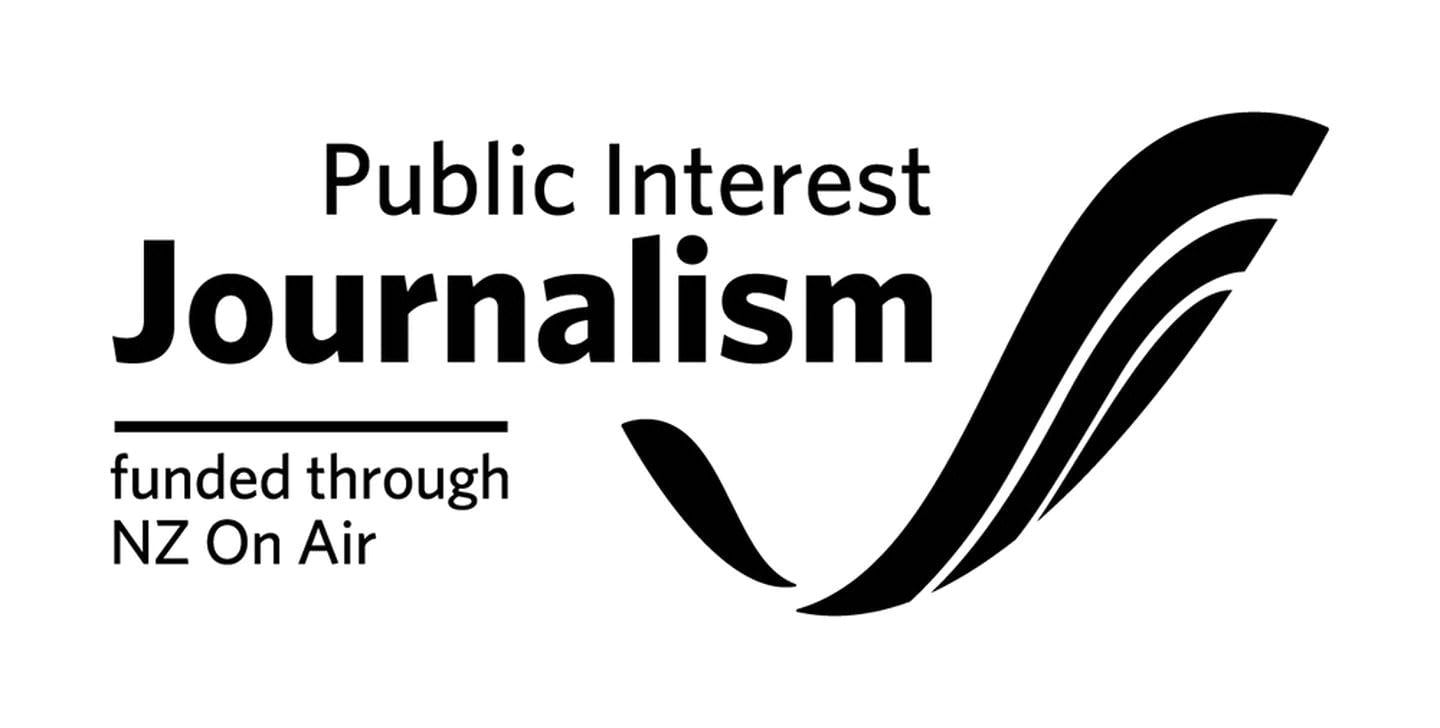The call for the return of two mo’ai - monolithic human figures carved by the Rapa Nui people between 1400 and 1650 on Rapa Nui (Easter Island) in eastern Polynesia - have gone viral.
The BBC reports that Chilean social media influencer Mike Milfort first posted videos about the mo’ai now housed in the British Museum in January.
Milfort has a million followers on Instagram. The BBC reports that they’re known for their passion and have taken things into their own hands by pushing for the repatriation of two mo’ai that were removed from Rapa Nui by British surveyors in 1868.
The followers made their message clear across social media including Instagram, Youtube and Facebook since the start of this year, the Guardian reports
“My followers began spamming ‘Return the moai’ on Wikipedia, and then the comments section of the British Museum Instagram was full of people posting ‘return the moa’i,” Milfort told the BBC
Mo’ai hold a sacred spiritual and cultural significance to the Indigenous people of Rapa Nui as they represent ancestral chiefs who were believed to have descended directly from the gods, and whose supernatural powers could be harnessed for the benefit of humanity.
A particular mo’ai in the British Musuem - the Hoa Hakananai’a whose name translates to ‘Stolen Friend’ - is of great significance to Rapa Nui, according to the Guardian.
Milfort’s followers have gone as far as flooding the comment sections of several of the British Museum’s instagram posts.
Milfort’s viral videos on stolen mo’ai have even drawn the attention of Chilean president Gabriel Boric, who expressed support during a Chilean radio interview., the Guardian reports
But Rapa Nui mayor Pedro Edmunds Paoa told the Guardian Boric “should not politicise something that is so holistically, spiritually and culturally important to us”.
Paoa also questioned Milfort’s viral video campaign and is concerned the mo’ai have been reduced to an internet meme, motivated by self-promotion rather than genuine concern. “It’s an abuse [of the situation],” he says.
Rapa Nui Islanders have openly expressed their aspirations for independence from Chile, which occupied the island in 1888.
Meanwhile, a British Museum spokesperson told the BBC the comments section on a post which was shared in partnership with a youth charity had been deactivated.
“The museum welcomed debate but it has to be balanced against the need for safeguarding considerations, especially where young people are concerned.”
The museum says relations with colleagues in Rapa Nui are open and good and there have been several visits from the community to London since 2018.
There are about 1,043 remaining mo’ai on Rapa Nui.
Whether artefacts and bodies housed in museums around the world should be returned to indigenous populations has been debated hotly, with Māori seeking and winning the return of many shrunken heads and taonga.
The most famous dispute is over the Parthenon Marbles in the British Museum.
Last year Greece’s Prime Minister, Kyriakos Mitsotakis, asked for them to be returned to Greece. That has not happened.



